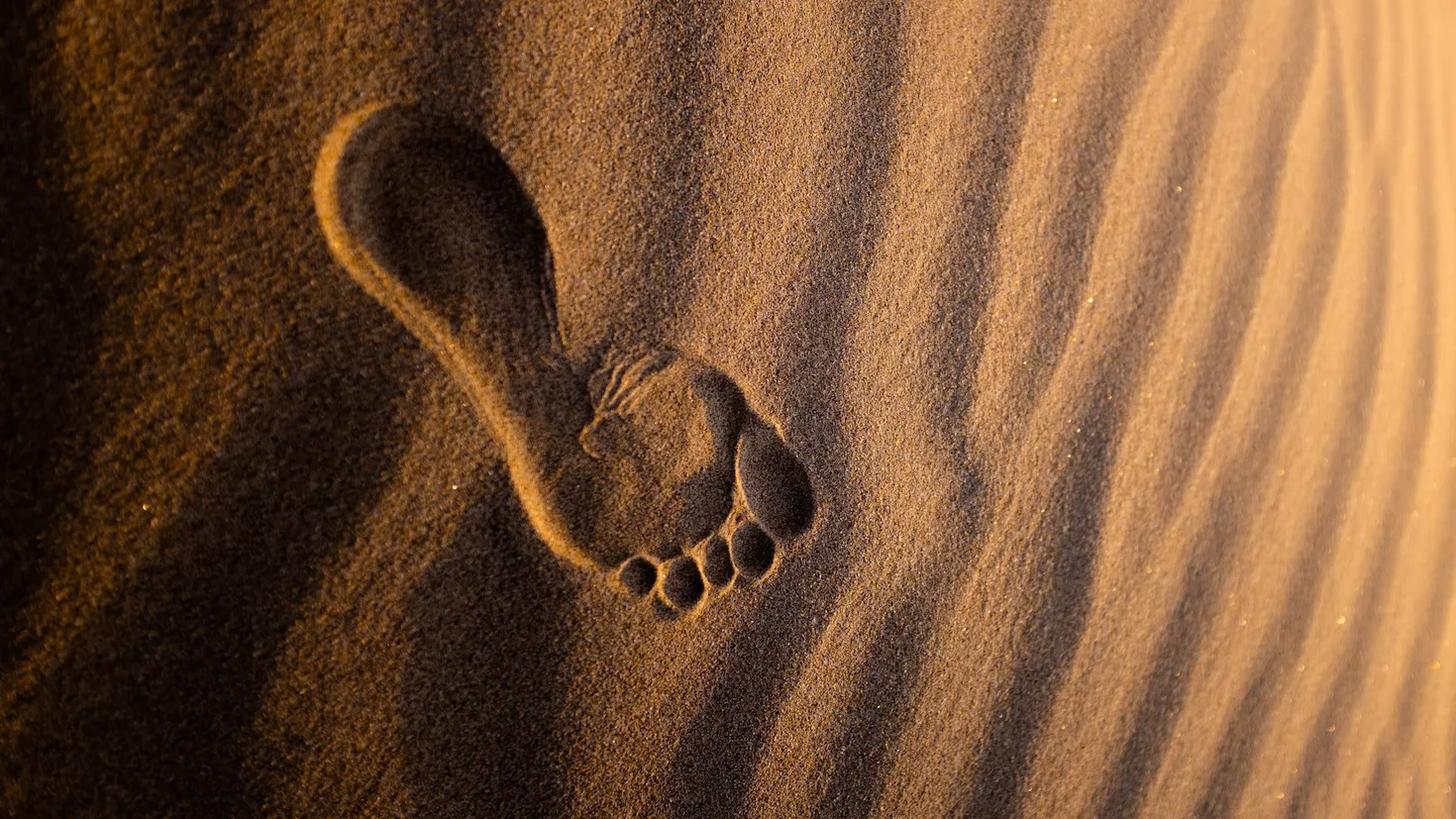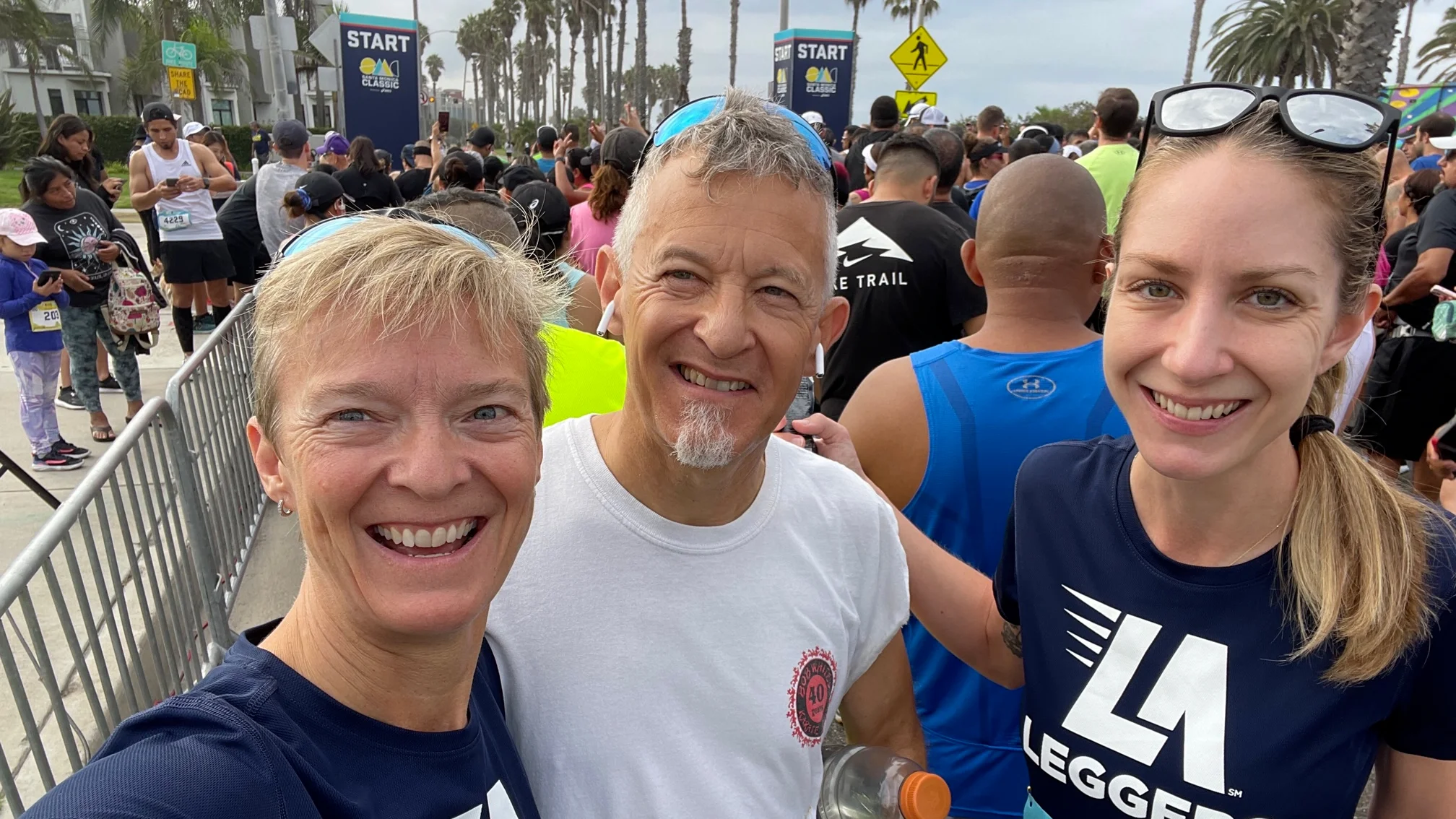Running form is a topic you will read about often, particularly ideas such as:
- Heel strike is bad
- A cadence of 180 steps per minute is optimal
- Either stand straight up or lean from the ankles
So much that you aren’t even sure how to put your foot forward! So, in this article I will try to make the why and the what understandable and help you improve.
First, let us ask “why think about form?” We want to use the least energy necessary to cover our race distance at our fastest achievable pace. We can then use this saved additional energy to go a longer distance or at a faster pace! There is no definitive benchmark for “least energy”, but many think in terms of muscle fiber recruitment and/or the amount of oxygen consumed. At LEGGERS Wednesday Night Track, we use the term “lazy endurance”, to describe not using any energy above what we need to complete the task at hand.
What is often not mentioned in articles on form? Our brain receives information from the body regarding each step we take, and the brain adjusts our movements to become more efficient. Each step adjusts the next and then the next, so, as we do our midweek workouts at an aerobic pace, over thousands of steps, our nervous and muscular systems are adjusting our movements to create a form that is unique and optimal for us.
But if experience creates more optimal form, what about these ideas mentioned above regarding foot strike, cadence, and stance? Why do we hear about them? Let’s look at each one.
Heel strike? Consider first, our foot hits the ground with high impact. We want the damage from the impact to be handled by the muscles designed for it, the glutes. And the glutes are involved most when our foot strike is under our body’s center of gravity. Instead, many people strike the ground with their foot in front of their body. In many cases, especially with beginning athletes, this movement requires a heel strike. However, be aware that heel striking is not primary, but rather, it is the striking in front of the body which is the issue.
A 180 step cadence? Once upon a time an elite Coach and his wife were watching and taping the Olympics. The Coach saw a pattern in the leaders of the marathon. Rewatching the tape, he counted the leaders’ steps per minute and concluded they were all near 180 steps. And thus, the cadence of 180 steps per minute entered running lore. But as with heel striking, achieving a 180 step cadence is not a solution in itself. Rather, think of a ball hitting the ground. When a ball strikes the ground quickly, it compresses and springs back, converting the energy of the strike into forward motion for another bounce. The same process occurs within our muscles. When we strike the ground, our ligaments are elastic, absorbing energy, and then elastically return this energy in our push off. On the other hand, if we strike the ground, but stay too long, then we pass the energy to the ground, and none is left for our push off. This is like the same ball that now is striking a pillow. So, a faster cadence reduces our ground contact time and maximizes our use of muscle elasticity to go forward.
Stand up straight or lean? There are two issues. First, Coach Bill Lockton has a great talk telling how, in the same way that sprinters use gravity coming out of the blocks at the beginning of their sprints, we can use gravity to our benefit in endurance running. There is a second issue. Runners often lean forward from the shoulders or the waist, particularly when fatigued. Leaning from the waist or slouching one’s shoulders can cause two problems: (1) it leads to excess stress on neck and upper back muscles (literally, a pain in the neck) and (2) it compresses our diaphragm and restricts how deeply we breathe. Instead, for a better stance, try running with a slight bend at the ankles, as if you are standing straight up from a upward sloping driveway.
Finally, let us talk about what our brain-muscles interaction cannot do, strengthen weak muscles. Our bodies also adjust our movement for weak abductors, adductors, and glutes, and not for our desired purpose, being more efficient, but just to prevent injury. When our pelvis dips, this will affect our balance and range of motion. Weak glutes force other muscles to compensate in ways for which they weren’t designed, and injury can occur. The ability of our joints to rotate can be lessened by muscle imbalance.
How do we correct for muscle weakness? You may benefit from the diagnosis of either a sports physical therapist or a sports massage therapist. These professionals are trained to spot the indicia of weak and imbalanced muscles. They both provide therapy and can recommend home exercises that address unique individual weaknesses.
Making use of our partners, doing the miles on Saturday and during the week, will allow your brain and muscles to work to create the pattern you need to be a lazy endurance athlete who moves longer and faster maximizing the energy you have.
In closing I want to share a quote from a famous coach Arthur Lydiard:
“Forget about form. If a joker throws his arms around, that’s fine, so long as he is fit and relaxed. Then he runs smoother and easier, and form takes care of itself. We want the (person) who can run for two or three hours and come back looking as fit as (they) did when (they) went out.” (from page 84 of 80/20 Running by Matt Fitzgerald.)
Coach Barry




